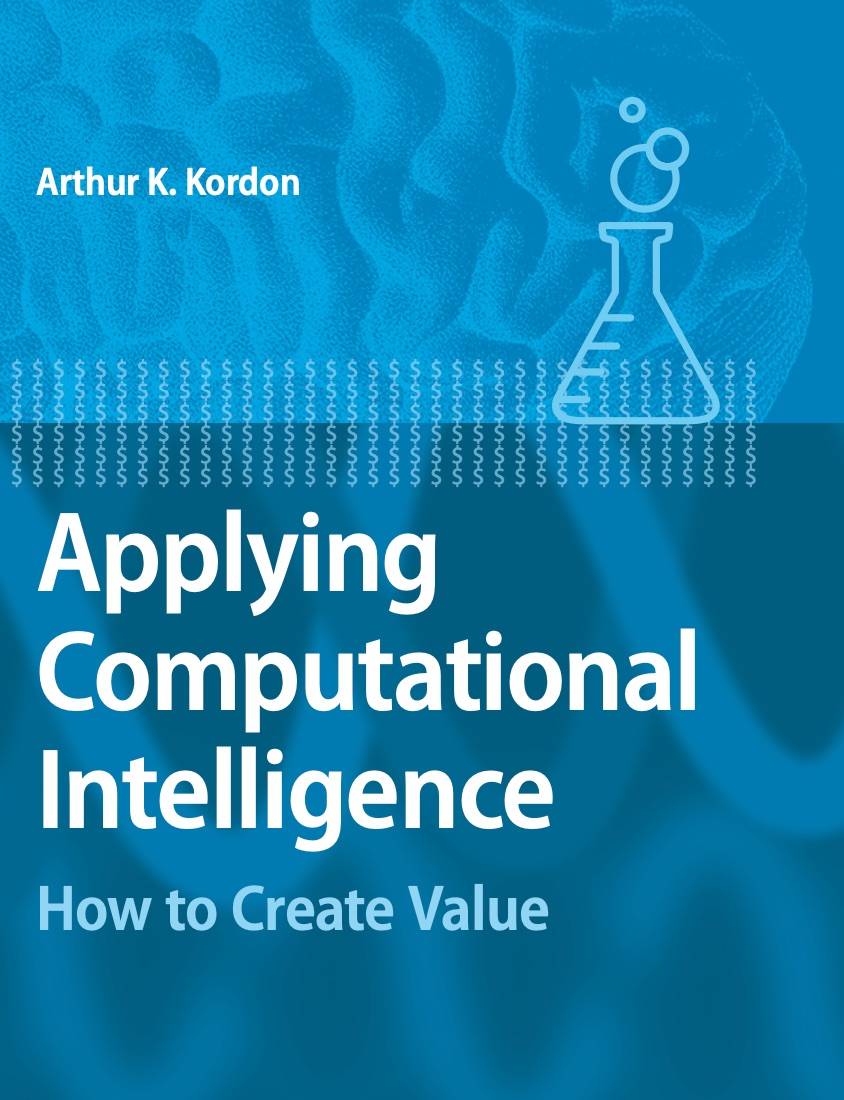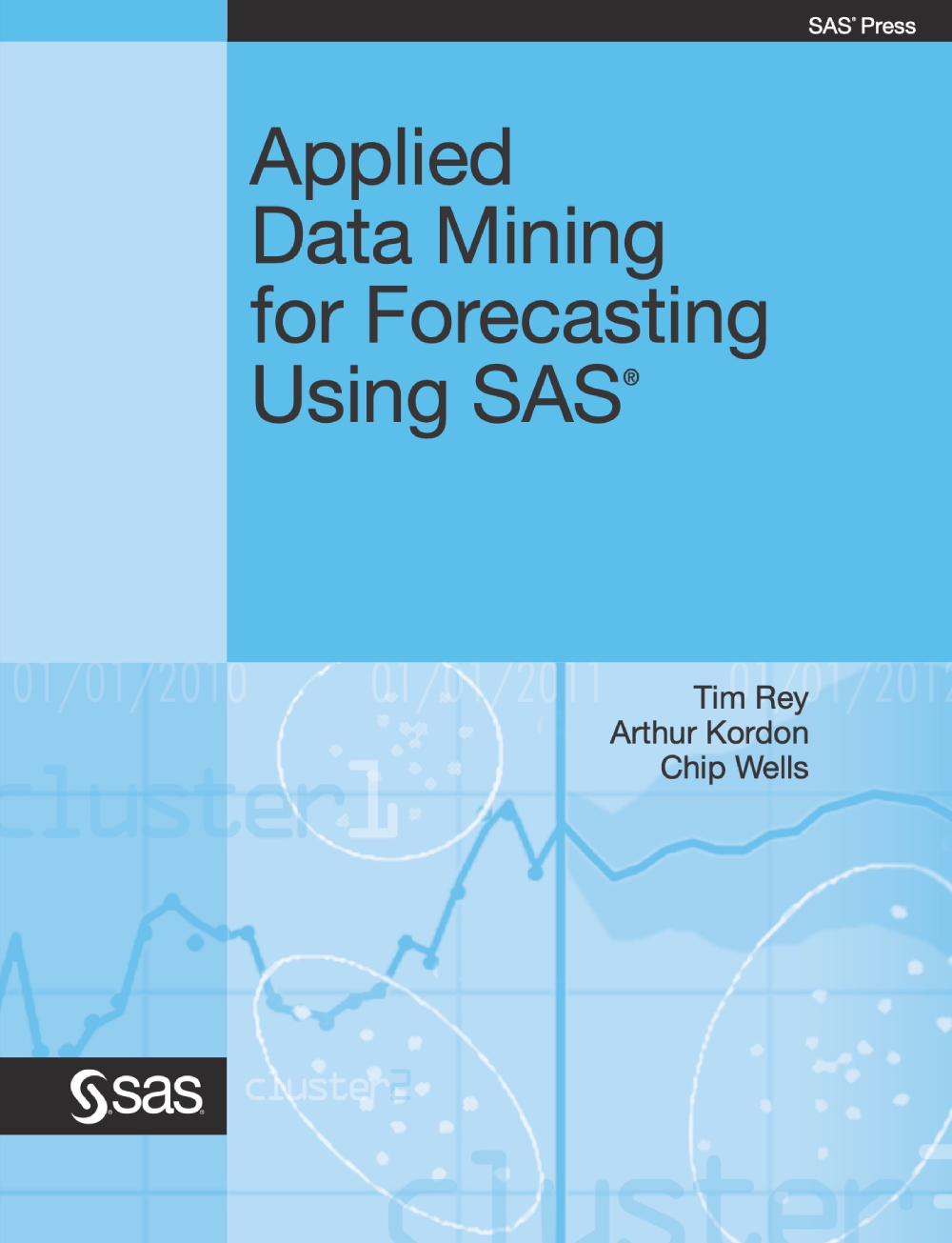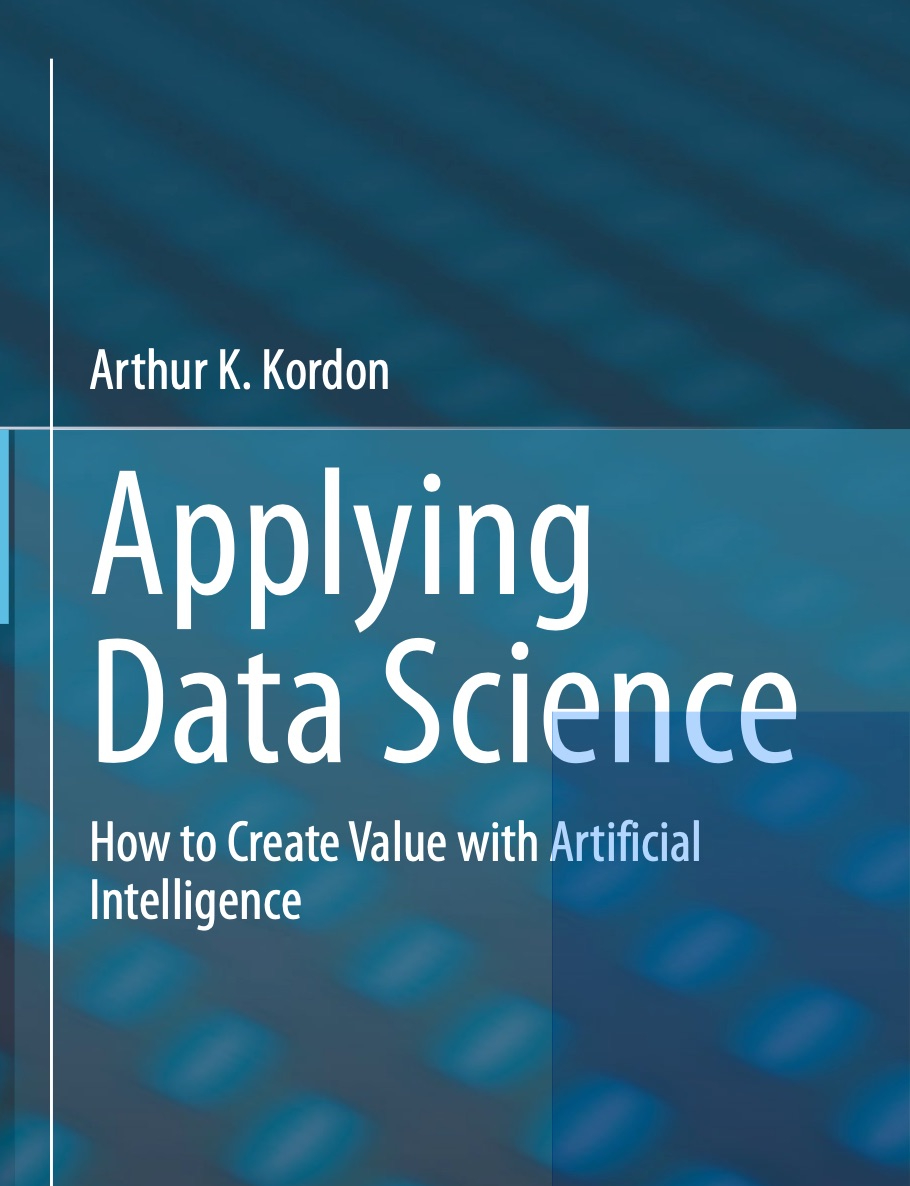Kordon Consulting LLC is a small consulting company with a mission to help businesses solve problems appropriate for AI
Arthur Kordon, Ph.D.
CEO of Kordon Consulting LLC and an internationally
recognized expert in applying Data Science, Advanced Anlytics and AI in industry. He has 30+ years of experience in developing and deploying AI-based business solutions with a significant economic impact in several US large corporations ( Dow Chemical, Georgia Pacific LLC, and Steelcase ). He has unique know-how in introducing AI to a business. He is teaching classes in industry and universities for applied AI.
HIS WORK
Books
He has the US and worldwide patent and over 70 publications in the most prestigious journals and conferences in applied AI systems. In addition to the current popular book “Applying Data Science: How to Create Value with Artificial Intelligence”, he is the author of the book “Applying Computational Intelligence,” published by Springer and co-author of the book “Applying Data Mining for Business Forecasting,” published by the SAS Institute.
Applying Computational Intelligence
Applied Data Mining for Forecasting
Applying Data Science
Applying Computational Intelligence
Recent Publications
Practical Issues in Human and Artificial Intelligence Interaction
The book chapter focuses on some practical issues in human and AI interaction based on applying AI in several large corporations. The following topics are discussed: weaknesses of human intelligence, disadvantages of AI, benefits of human intelligence from AI, adverse effects of AI on human intelligence, the resistance of human intelligence toward AI, and how to improve the interaction between human and artificial intelligence. The discussed issues are illustrated with examples from real-world applications.The book chapter focuses on some practical issues in human and AI interaction based on applying AI in several large corporations. The following topics are discussed: weaknesses of human intelligence, disadvantages of AI, benefits of human intelligence from AI, adverse effects of AI on human intelligence, the resistance of human intelligence toward AI, and how to improve the interaction between human and artificial intelligence. The discussed issues are illustrated with examples from real-world applications.
SEE PUBLICATIONHow Competitive Is Genetic Programming in Business Data Science Applications?
The paper evaluates Genetic Programming’s competitiveness in business Data Science-driven applications and suggests the necessary steps to increase its reach, impact and competitiveness. First, the key business needs for Data Science are identified and discussed, followed by an analysis of the competitive landscape and popularity of Data Science methods. The competitive advantages and weaknesses of GP as well its impressive application record are reviewed. Two business applications with high value creation – inferential sensors and nonlinear business forecasting – are identified and described. The recommended action items to increase competitive presence of GP in Data Science business applications include: develop a successful marketing strategy toward statistical, machine/deep learning, and business communities; broaden application areas; improve professional development tools; and increase GP visibility and teaching in Data Science classes.The paper evaluates Genetic Programming’s competitiveness in business Data Science-driven applications and suggests the necessary steps to increase its reach, impact and competitiveness. First, the key business needs for Data Science are identified and discussed, followed by an analysis of the competitive landscape and popularity of Data Science methods. The competitive advantages and weaknesses of GP as well its impressive application record are reviewed. Two business applications with high value creation – inferential sensors and nonlinear business forecasting – are identified and described. The recommended action items to increase competitive presence of GP in Data Science business applications include: develop a successful marketing strategy toward statistical, machine/deep learning, and business communities; broaden application areas; improve professional development tools; and increase GP visibility and teaching in Data Science classes.
SEE PUBLICATIONIntelligent Systems in Industry: A Realistic Overview
The objective of this paper is to give a realistic overview of the current state of the art of intelligent systems in industry based on the experience from applying these systems in a large global corporation. It includes a short analysis of the differences between academic and industrial research, examples of the key implementation areas of intelligent systems in manufacturing and business, a discussion about the main factors for success and failure of industrial intelligent systems, and an estimate of the projected industrial needs that may drive future applications of intelligent systems.The objective of this paper is to give a realistic overview of the current state of the art of intelligent systems in industry based on the experience from applying these systems in a large global corporation. It includes a short analysis of the differences between academic and industrial research, examples of the key implementation areas of intelligent systems in manufacturing and business, a discussion about the main factors for success and failure of industrial intelligent systems, and an estimate of the projected industrial needs that may drive future applications of intelligent systems.
SEE PUBLICATIONOur Services
Our current projects solve business problems in developing a digital brain of the enterprise, predictive maintenance, smart energy cost reduction analysis, commodity price forecasting, and office space optimization. We also advise our clients on how to integrate AI into their organizations and train their specialists.

Consulting
Advising businesses and organizations about potential application of AI.

Problem Solving
Delivering solutions to practical business problems based on AI technologies.
Our Latest Activities
Interview on Bloomberg TV Bulgaria (04/23/2023) in Bulgarian
https://www.bloombergtv.bg/a/28-update/117566-chatgpt-pozvoli-ai-da-sleze-sred-masite-no-e-generator-na-intelektualen-marzel
Read more












